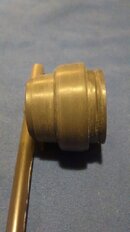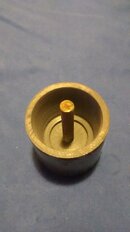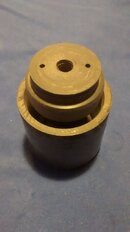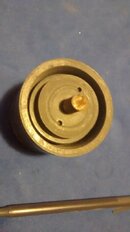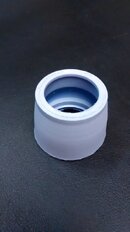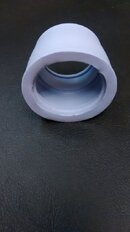Sure. Send it to me. Address per PM.
Another potential project. If I can get them to work is anyone interested in color coded 109 (2nds) faceplates? I'm thinking Simpact 85 might work.
You betcha! As a matter of fact, I was going to hit you up on the feasibility of such a project once you sorted the current project out. For a while I was looking at dapping blocks on the bay, but a close inspection of a 109 metal cover gave me second thoughts.
Couv









